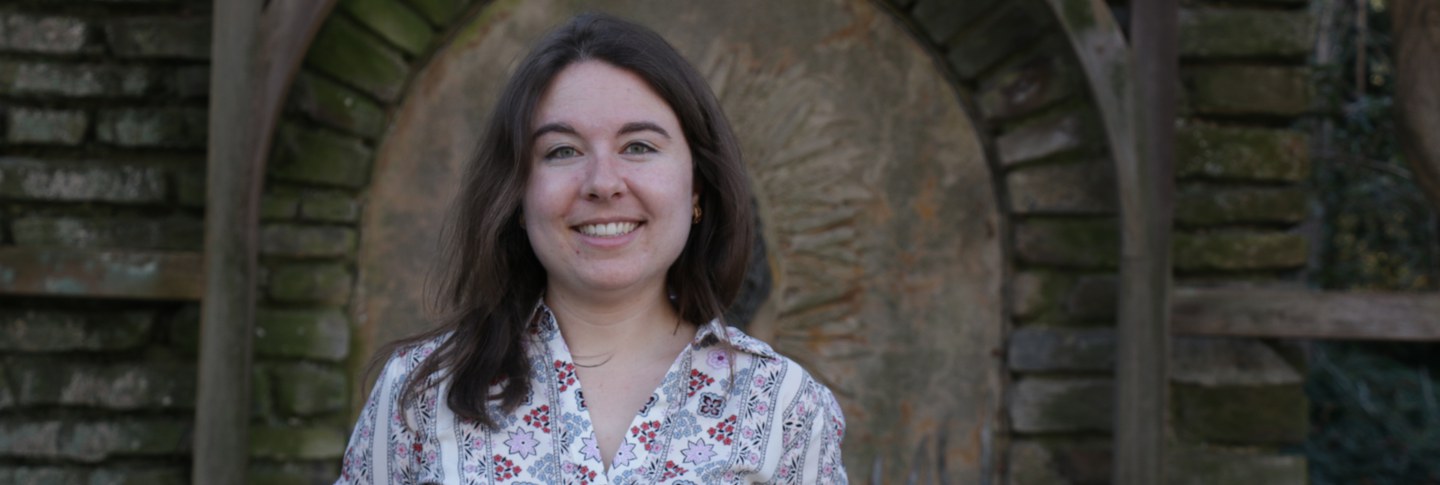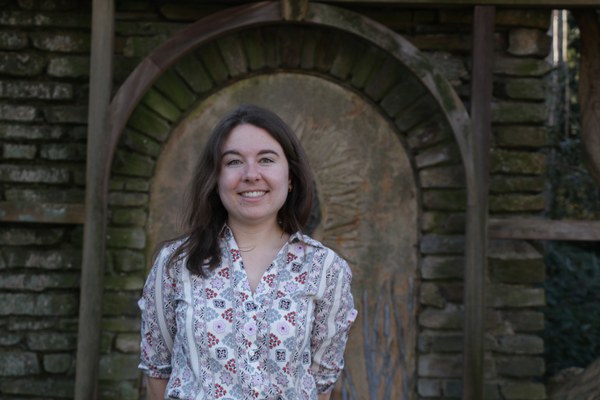Marlis Hinckley, PhD candidate in history of science at Johns Hopkins University, is a junior fellow in Garden and Landscape Studies. Her research report, “Gardening and Plant Knowledge in 16th-century Spain and Mexico,” explored garden design and knowledge gained from plants at institutions in Mexico and Spain.
Q&A with Marlis Hinckley
What was the role of “gardens” in sixteenth-century Spain and Mexico?
What we think of as a “garden” is a very European idea, so it’s a little tricky to expand that term to a non-Western and premodern context. There are places we clearly recognize as gardens in the European sense in fifteenth-century Spain where people grew plants in enclosed spaces, without domestic animals, and using so-called mixed methods of cultivation—growing many different plants together in one field to support each other’s growth. In Mexico, there was also deliberate plant cultivation, but the categories are blurrier because, for example, they weren’t using draft animals anywhere, so all cultivation was done by hand. There was also probably more deliberate management of what we might call semi-wild spaces, such as curating plots of mountain land to encourage the growth of plants that were already there rather than introducing new plants to the area.
One of the central questions of this project is how plants that grew in pre-Columbian times were accommodated to the European model, which is part of a broader question in colonial studies of how existing practices and cultural categories adapted to the new colonial regime. What arose was a system that was neither European nor Mexican but something new and different. More generally, this shows what some call survival or resistance to colonial powers, challenging the idea that European colonial powers came in, wiped out Indigenous practices and traditions, and replaced them with European ways. Rather, we see the transposition, growth, and adaptation of Indigenous techniques, plants, and people to the new regime, but that does not mean in any way that they vanished.
I’m looking specifically in Mexico at gardens at religious institutions. The garden was a space where there was a basic European framework—say, a fence around the edge and medicinal plants. But Indigenous people worked there and Indigenous plants were being used, so, in that way, it was a space where people were figuring out how practices from pre-Columbian times could become part of the new colonial world. It was a translation zone: practices and objects flowed from one culture and a framework to another, and they came together to create a new way of interacting with nature, medicine, and religion.
What does studying the transfer of live plants tell us?
Live plants were transported to Europe mostly as seeds and sometimes as seedlings in barrels of dirt. Some of the first plants transferred to Spain were comestibles like chili peppers, corn, and even some avocado trees. Interestingly, though, flowers are becoming quite important in this project.
Marigolds, morning glories, dahlias, and thornapples, which had important religious uses in Mexico, became ornamentals in Europe as knowledge around them was reconfigured. Marigolds (Cempoalxóchitl) in Mexico, for example, were commonly associated with honoring the dead and treating a variety of medical ailments including wounds, fevers, and gastrointestinal distress. In Spain, however, they were grown at the king’s palace in Madrid, and Spanish descriptions emphasized how they miraculously bloomed year-round—a metaphor for the power and bounty of the king.
One of our big questions in history of science is how someone looks at objects in the world and turns them into a system of knowledge, and live plants were a way to generate knowledge from direct observation (people weren’t just talking about plants, they were seeing and growing them). Live plants remind us of the third term in science, the object of study itself. Plants don’t necessarily generate knowledge about themselves, but knowledge generated about plants is different when the plant is there growing—or not growing—in front of you.
How does this study modify our understanding of scientific endeavors at the time?
This project continues a movement already happening in history of science to reaffirm that what we call scientific knowledge is in fact grounded on knowledge from all over the world. Various historical sleights of hand Europeanized this knowledge in the seventeenth and eighteenth centuries, and earlier historians took for granted that it was European knowledge. This project addresses the reliance of modern scientific knowledge about plants on preexisting Indigenous knowledge.
I could not have done what I’ve done so far without Curator of Rare Books Anatole Tchikine and Thaïsa Way, our director of studies, who has been very helpful on the landscape side. I’ve also had some very helpful discussions about the project with Pre-Columbian Studies Fellow David Lentz, who brought in scientific and archaeological aspects, and Juan Carlos Melendez, another Pre-Columbian Studies fellow whose work relates to the movement of objects and ideas as well.
May Wang is postgraduate writing and reporting fellow. Photo by Emily Orr, humanities fellow.

